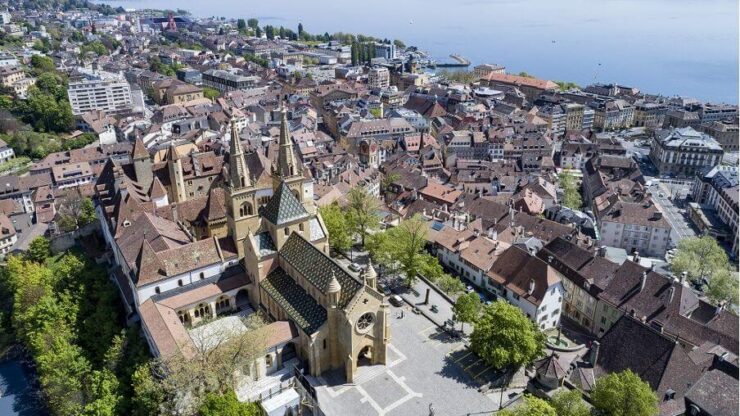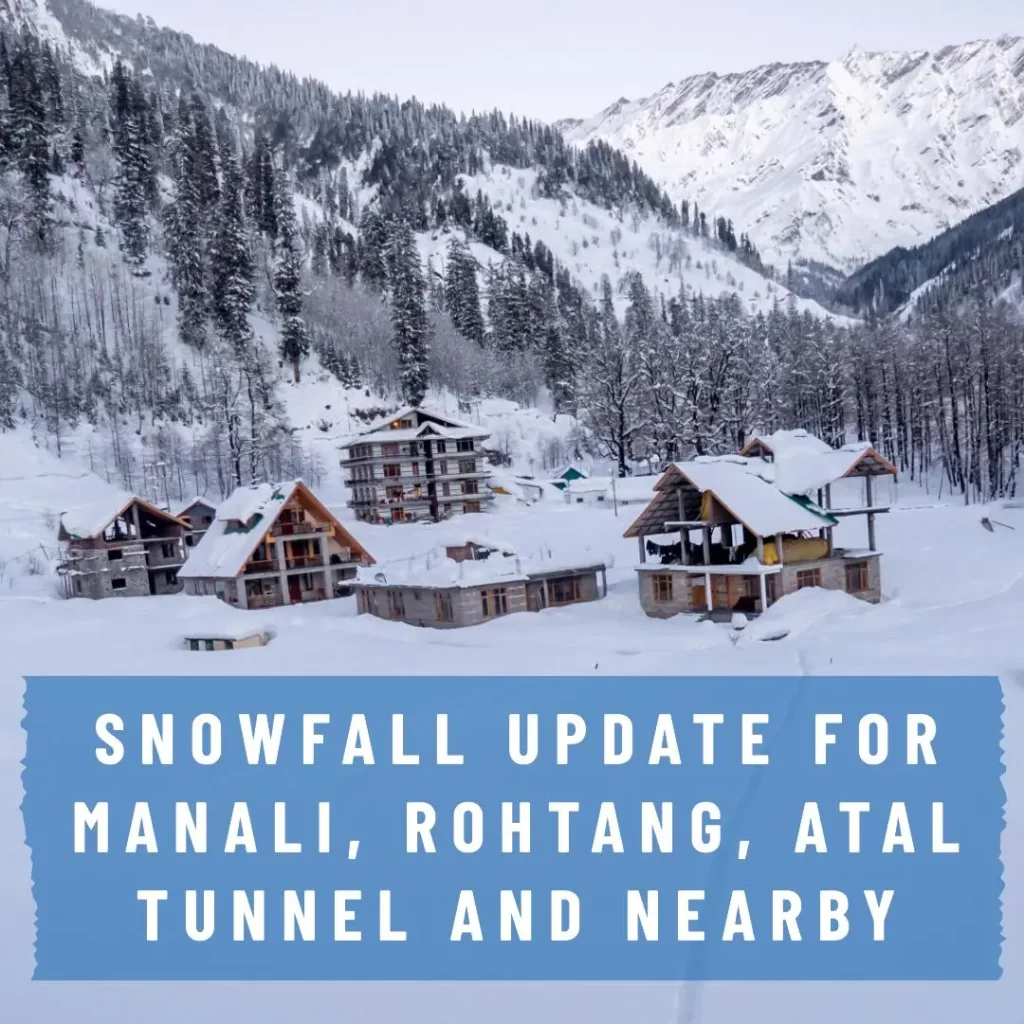Neuchâtel, located at the foot of the Jura Mountains, is surrounded by vineyards on three sides, and faces southeast, where it has sweeping views of Lac de Neuchâtel and the range of the middle Alps, including the majesty of Mont Blanc and the Bernese Oberland. The length of Lac de Neuchâtel is 38 kilometres (24 miles), and its width is 8 kilometres (5 miles), making it Switzerland’s biggest lake. (France and Germany share the considerably bigger lakes of Geneva and Constance.) The city of Neuchâtel, Switzerland, is well-known for its precise craftsmanship, which can be traced back to the early 18th century when watchmaking first took off there. Among the locals, this area is commonly known as “Watch Valley.” Know all about the Neuchâtel travel guide through this article.
Where is Neuchâtel located?
The city is located on the Watchmaking Route, a 125-mile (200-kilometre) history path that runs from Geneva to Basel and features 27 distinct stops along the way. The inventiveness of these craftspeople and the passage of time are revealed in numerous ways, including traditional workshops, museums, and countless others.
How to travel around Neuchâtel?
To get to Neuchâtel, you may use the main railroad route that cuts across Switzerland on the southern Jura. Several trains every hour, if not more often, come at 1 Neuchâtel station from other important Swiss towns including Bern, Lausanne, Geneva, and Zürich. You may get to the train station in about 15 minutes on foot from the centre of town, or you can catch bus 7 or 9 in the direction of Place-Pury, or you can ride the funicular to the lakefront.
In a plane
Both Geneva and Basel have significant airports close by, whereas Bern’s airport mostly serves charter flights.
By car
Commuters travelling on the A5 between Basel and Geneva will find the city conveniently located close to the highway. Six of the nine parking garages in Neuchâtel are subterranean, and the other three are open air.
In a boat
From nearby communities like Estavayer-le-lac, Yverdon-les-Bains, Morat, and Bienne, the city is just a short boat ride away. It is possible to get information about pricing and times on the Navigation website.
Must see in Neuchâtel
Historic Residence of Neuchâtel
The parliament of the Canton of Neuchâtel and a mediaeval church are both located in the historic Chateau (castle) perched on a tiny hill in the middle of town. The church’s interior is open to the public for no cost but requires a guided tour, and the Chateau is located in the heart of the city’s Old Town, which is characterised by many centuries-old yellow sandstone buildings and narrow cobblestone streets.
Collégiale
The castle complex includes a collegiate church. Adjust 3 Tour de Prisons. From April through October, we are open from 08:00 to 20:00 every day. Inmates were once housed here, but today visitors may climb to the top and look out over the city and lake.
Ascension Church of the Red Cross
In the northeastern part of Neuchâtel, a massive red Catholic cathedral dominates the skyline.
Jardin Botanique de Paris
Visitors are welcome throughout the year to see the permanent displays and extensive areas set aside for Jura mountain ecosystems. Throughout the months of May through October, visitors may view rotating displays of science and art.
An Emotional Garden: Le Jardin des Senteurs
In this 3,000-square-metre garden, you’ll find more than 2,000 different kinds of herbs, including those with medicinal and culinary uses. It has over 60 distinct types of fig trees and over 350 types of sage. It also has over 100 different types of geranium, several mints, rosemaries, thymes, and sweet plants. There is also a tiny monastery and a playground for the youngsters.
Gambling at the Casino, or “Le Casino”
You’ll find the city’s gambling establishment in the Rotonde neighbourhood. There are two bars, a restaurant, and gaming tables and slot machines for 150 guests.
The Vauseyon Gorge
The park’s focal point is the remnants of a water mill from the 17th century, and its primary purpose is to educate visitors. There’s a trailhead here that heads to Valangin, so you can go trekking there, too.
The 360-degree Funicular
Take the funicular to Chaumont, located at an altitude of 2,780 feet. Up to 46% of the route is uphill. From the peak, you can see the three largest lakes in the area, the Alps, and even the Mont Blanc massif.
Must know tips for visiting Neuchâtel
- Even in the hottest part of summer, Neuchatel’s mild climate ensures that even the most energetic visitors may enjoy outdoor activities without risk. However, they should be aware that August is often the wettest month in that part of the world.
- Holidaying in Neuchâtel throughout the winter months should prove to be a warm and enjoyable experience. The air temperature seldom falls below 0 degrees, even in January. In the city during the winter, there are a number of exciting celebrations to attend.
- Travellers on a tight budget will appreciate the city’s abundance of high-quality hotels that don’t break the bank. There are always reasonably priced basic rooms available at even the most prestigious and historic hotels.
- Apartments are frequently found among the city’s many lodging options. They are in high demand among both young people and families on the go. One can also get help from a personal loan provider in Switzerland to set up apartments there. However, it is essential for you to do comparison of loans using Tiptop – Credit Comparison in Switzerland.
- Health insurance is mandatory in Switzerland even for tourists.
- One can buy health insurance online from websites like PrimApp – Health Insurance Comparison in Switzerland. However, To get the right price and know which health insurance will be suitable in Neuchâtel for your needs, you can use a health insurance comparison tool.
- Many people in the area are able to communicate comfortably in French. Travelers who are not fluent in the local language should consult a phrase book before setting off on their adventure.
- All area museums and attractions are free on specific days each week. Make sure you ask about their itinerary at your hotel or local tourist information centre in advance.
Conclusion
In conclusion, The Swiss city of Neuchâtel serves as the provincial capital of Neuchâtel, a region whose official language is French. Located right on the northern coast of Lake Neuchâtel is this lovely mediaeval city. It’s a little more than a two-hour drive from Zurich, or even less time on the train, and it’s well worth the trip.

